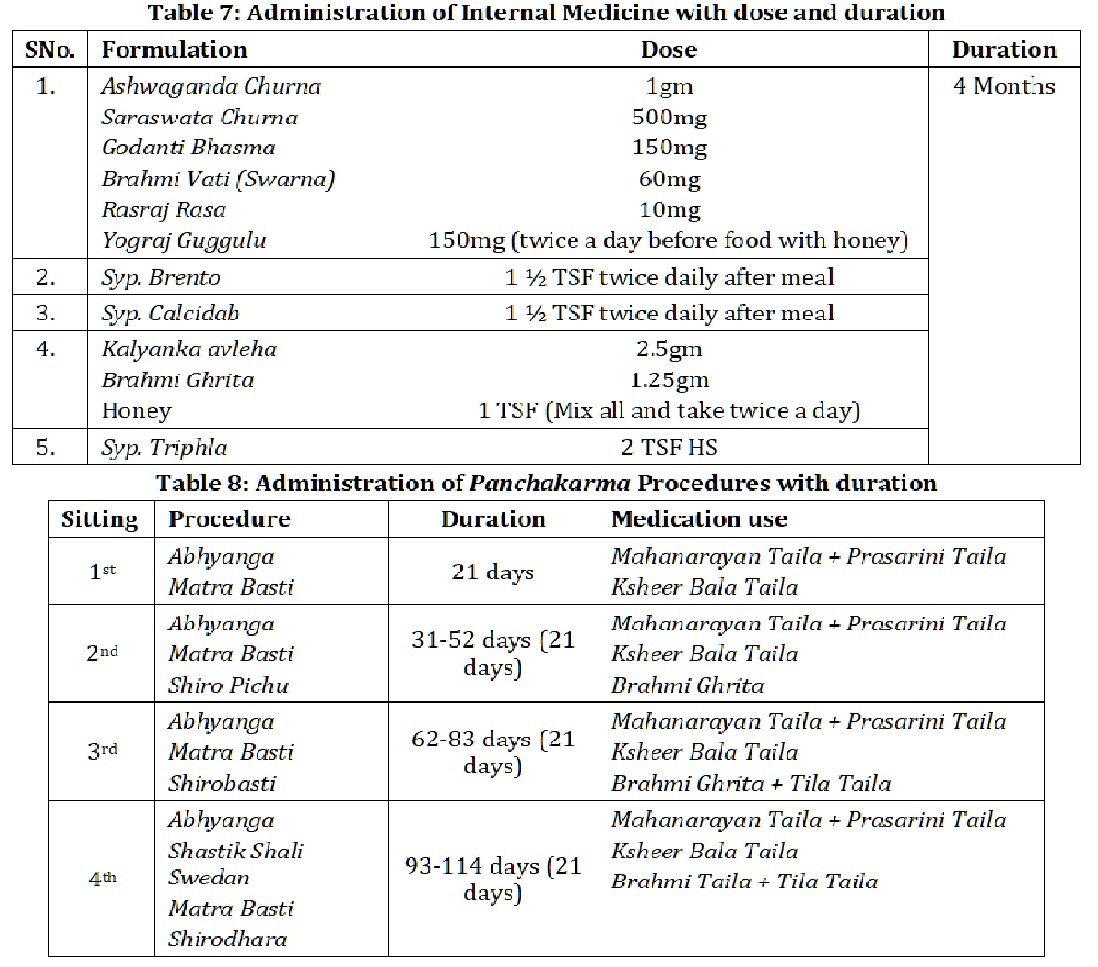Management of Mixed Cerebral Palsy Through Ayurveda
Abstract
Cerebral Palsy (CP) is the most common cause of developmental and functional disabilities in children. A non-progressive neuromotor condition of posture and movement. Cerebral palsy (CP) is described as the result of improper development of injury to the brain's motor control centers. Due to its multifactorial nature and vast range of clinical symptoms, it cannot be associated with a particular Ayurvedic disease or condition. According to Vagbhaṭa it is classified in the categories of Sahaja (hereditary), Garbhaja (congenital) and Jataja (psychosomatic) disorders. There is no known "cure" for any of the several forms and subtypes of cerebral palsy. A three-year-old male child was reported to pediatric OPD of Sanjeevani Ayurveda Hospital, Dr. S. R. Rajasthan Ayurved University, Jodhpur, Rajasthan with complaints of mixed cerebral palsy. The case was taken up and aim to assess the effectiveness of the Ayurvedic management method in enhancing the child’s quality of life, improving or enhancing his functional capacity to become dependent and facilitating early rehabilitation to avoid subsequent complications.
Downloads

Copyright (c) 2024 International Journal of Ayurveda and Pharma Research

This work is licensed under a Creative Commons Attribution-NonCommercial-ShareAlike 4.0 International License.






